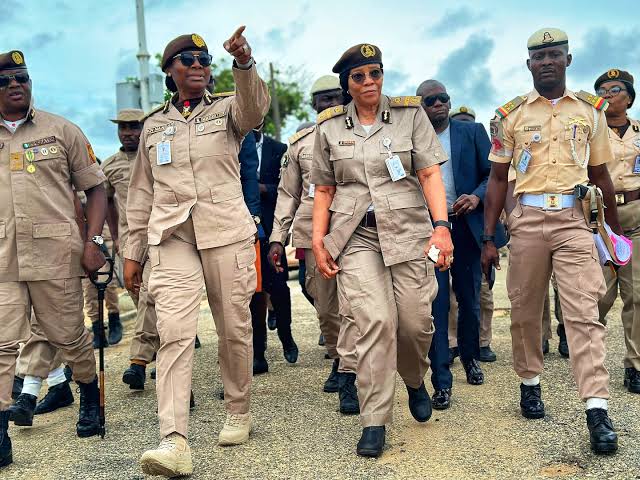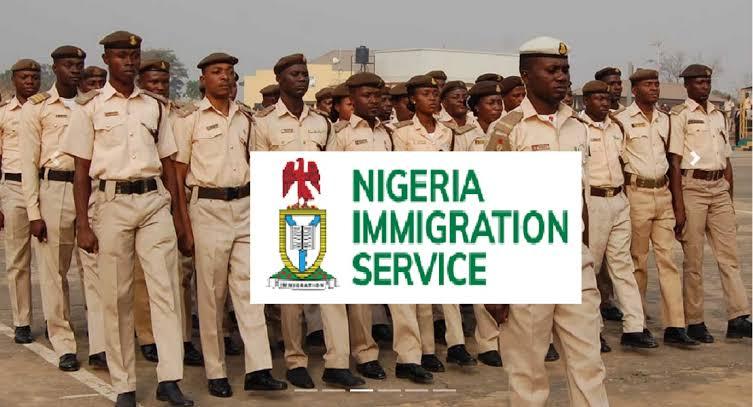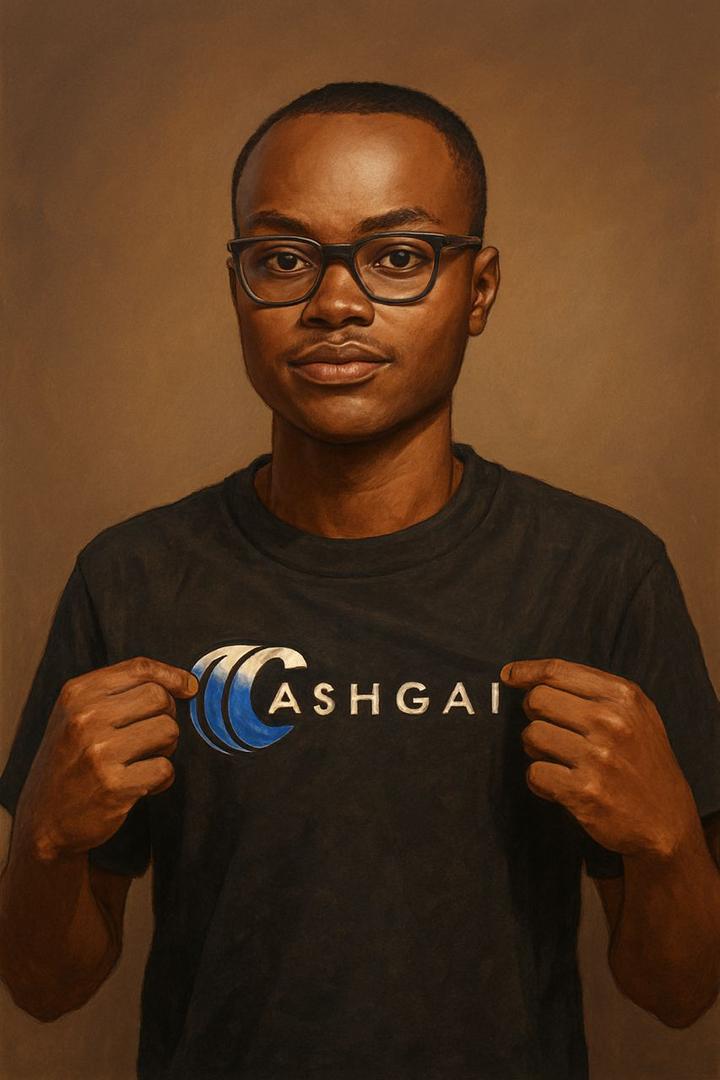Nis Ranks & Symbols: Official Guide
The Nigeria Immigration Service (NIS) is the government agency in charge of controlling who enters and leaves Nigeria. It also gives out passports and watches over the country’s borders. Like the army or police, the NIS has ranks and symbols to show who is in charge.
In this blog, we will explain the different NIS ranks, what the symbols mean, and how the ranking system works. Whether you want to join the NIS or are just curious, this guide will help you understand it all in simple language.

Why NIS Ranks Are Important
Ranks help us know:
-
Who is the leader in a group
-
How long someone has worked in the service
-
What duties each officer is allowed to do
Every rank has a symbol (also called insignia) that officers wear on their shoulders or uniforms to show their position.
NIS Ranks and Their Symbols
The NIS has two main rank groups:
-
Commissioned Officers – Senior officers (managers and above)
-
Non-Commissioned Officers – Junior staff
Let’s look at each one, starting from the lowest to the highest.
Non-Commissioned Officers (NCOs)
Commissioned Officers
Summary Table: NIS Ranks & Symbols
FAQs: Nigeria Immigration Ranks
Q1: What is the highest rank in the NIS?
A: The highest rank is Comptroller General of Immigration (CGI).
Q2: What is the starting rank for a graduate?
A: A graduate usually starts as Assistant Superintendent of Immigration II (ASI II).
Q3: What do the stars and stripes mean?
A: Stripes are for junior ranks, while stars, laurel leaves, and coats of arms show seniority.
Q4: Do symbols change with promotion?
A: Yes. Each promotion comes with a new symbol or insignia.
Q5: Where are the rank symbols worn?
A: They are usually worn on the shoulder of the uniform.
Conclusion
Now you know the official NIS ranks and their symbols! From stripes for assistants to stars and swords for generals, each symbol tells a story about an officer’s role and experience.
If you're planning to join the Nigeria Immigration Service, this guide can help you understand how your career can grow. And if you're just curious, now you can easily spot who's who when you see NIS officers on duty.



